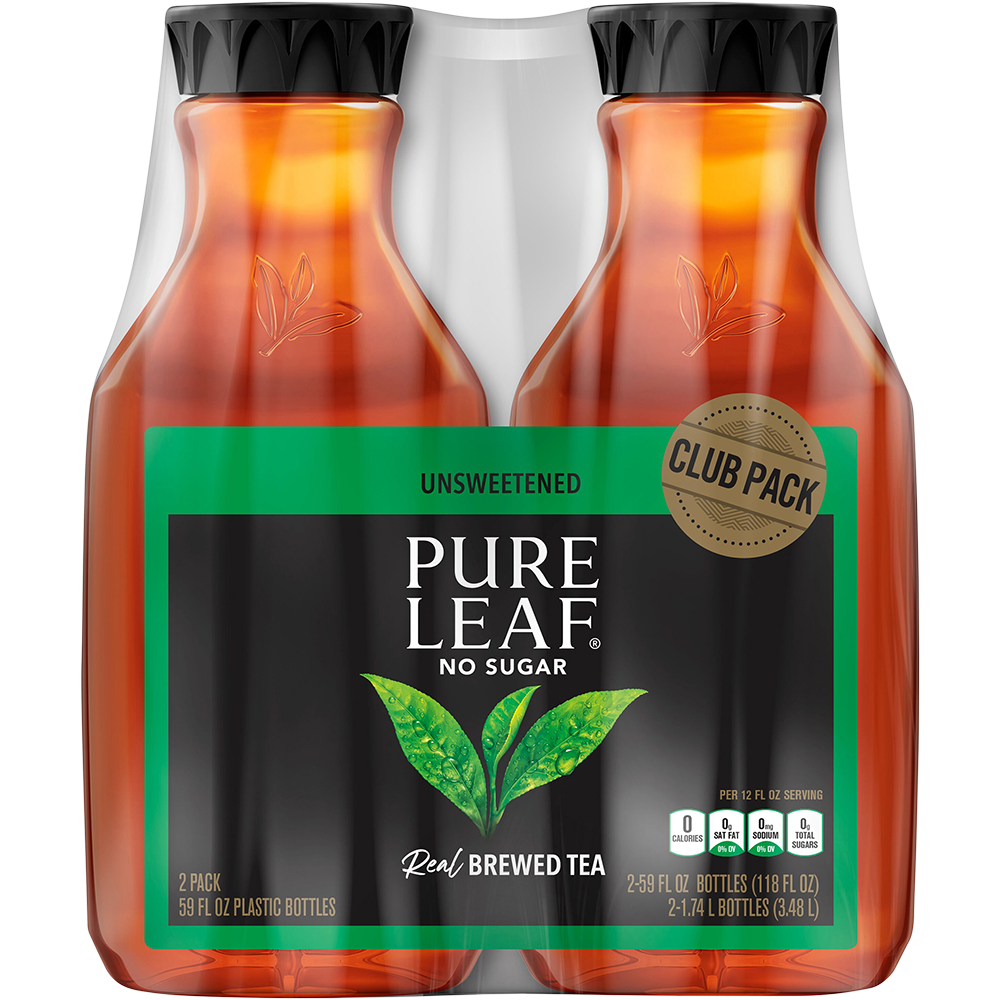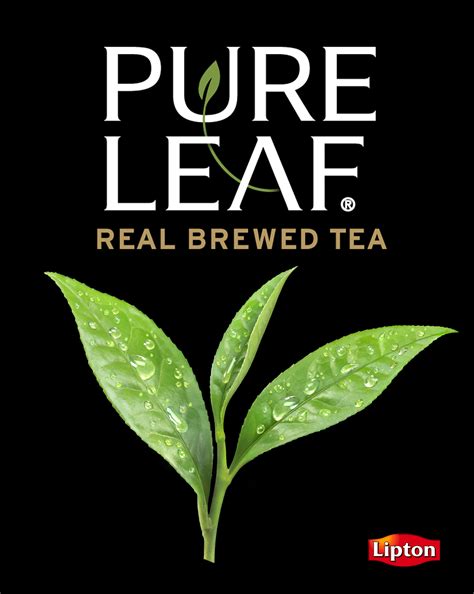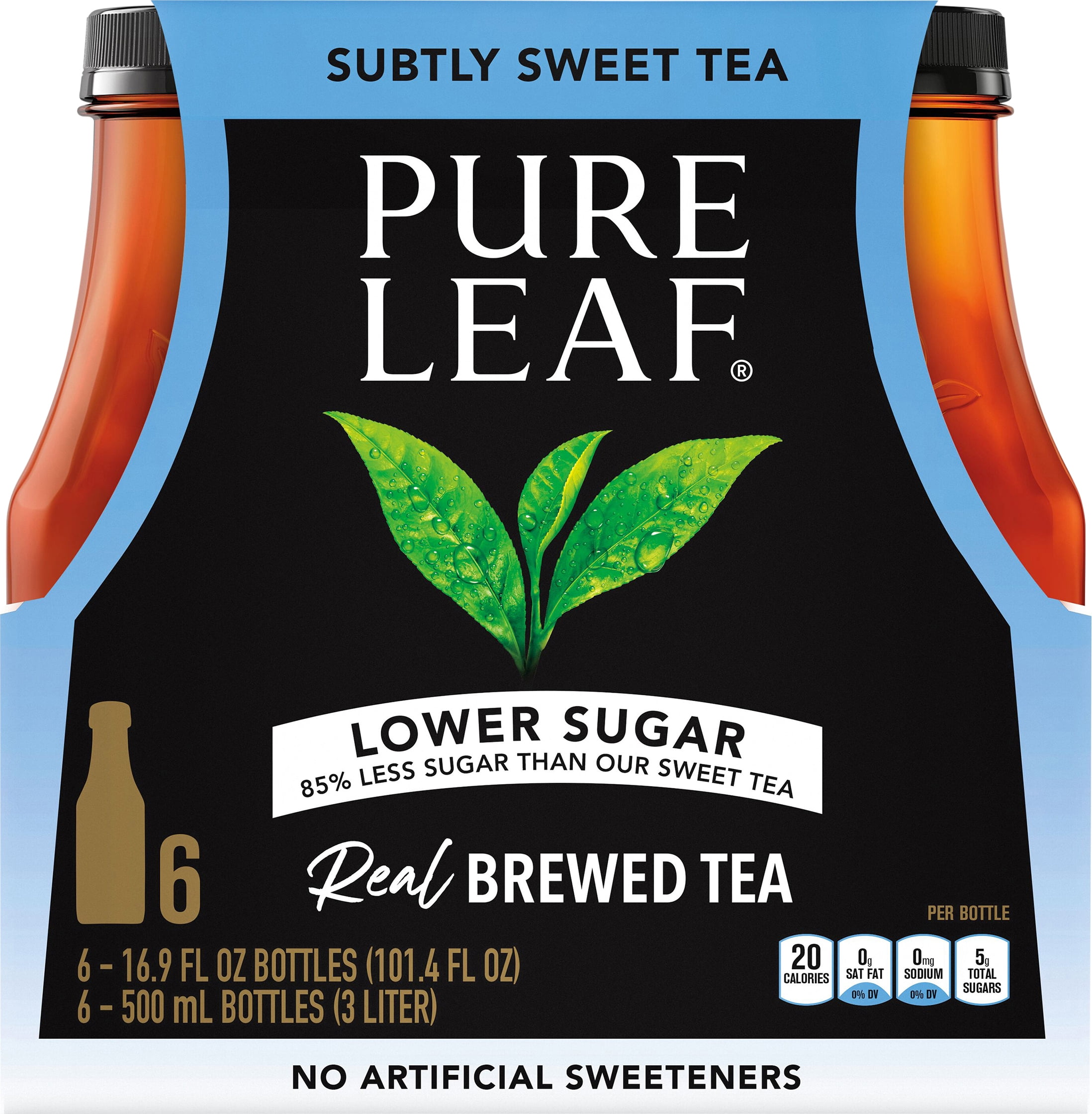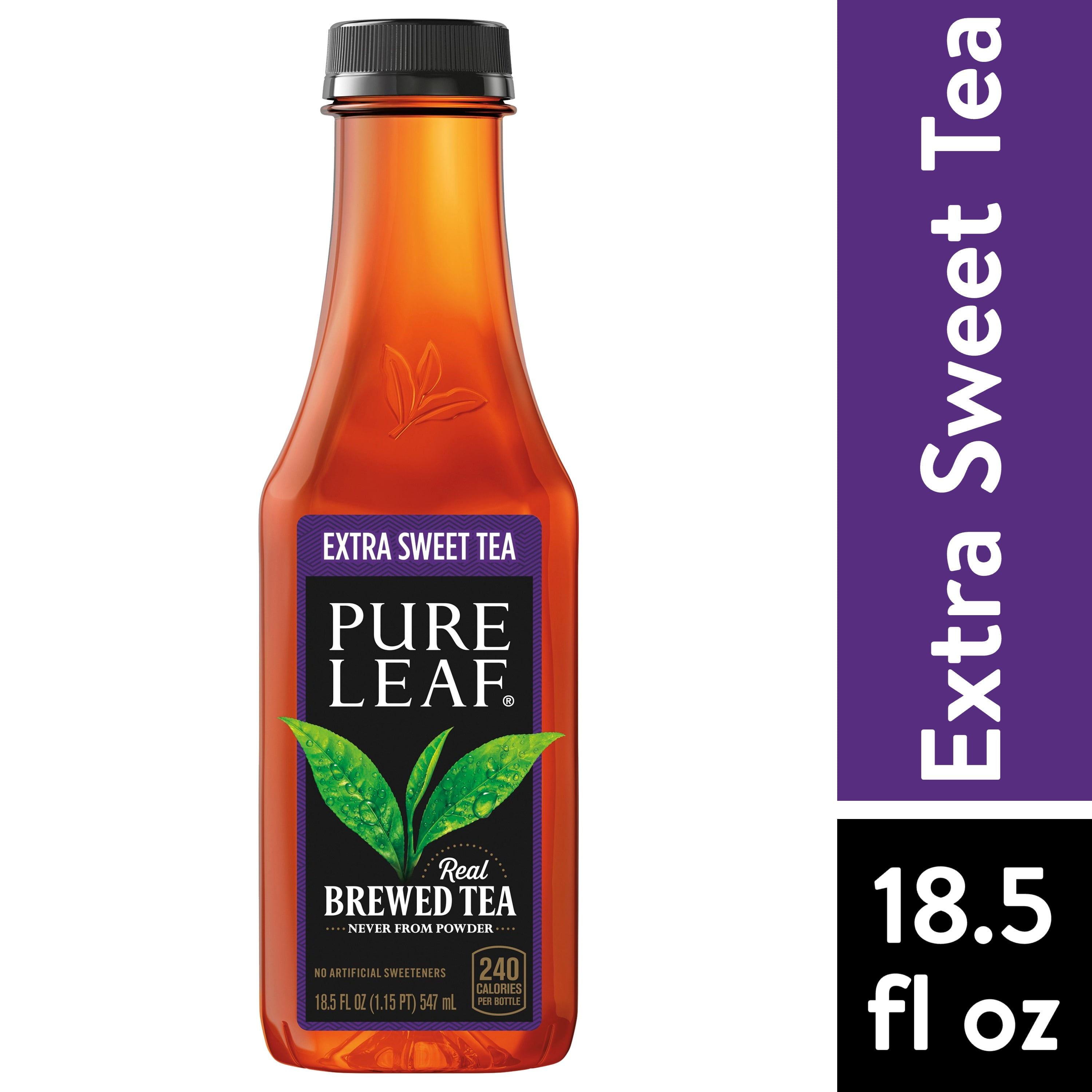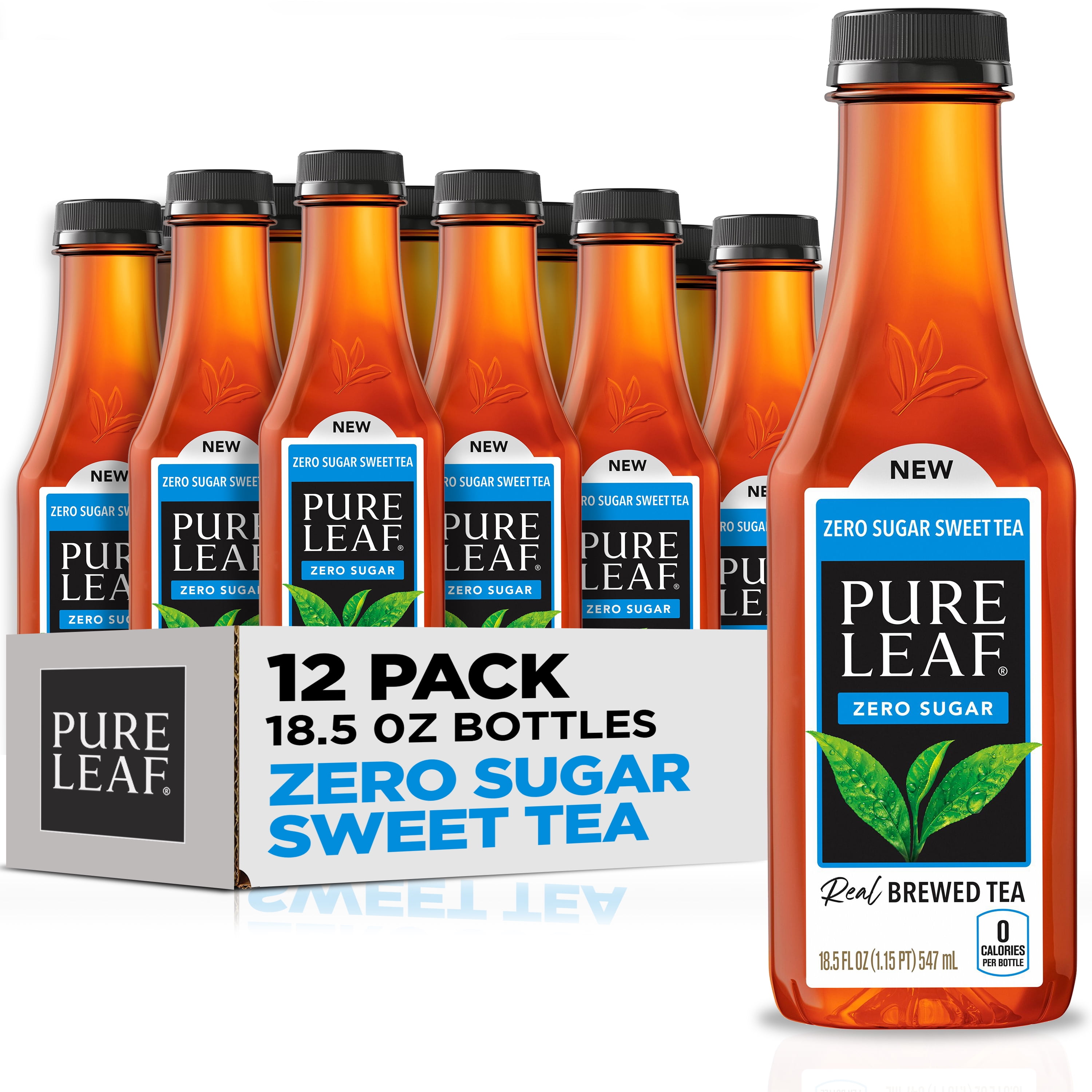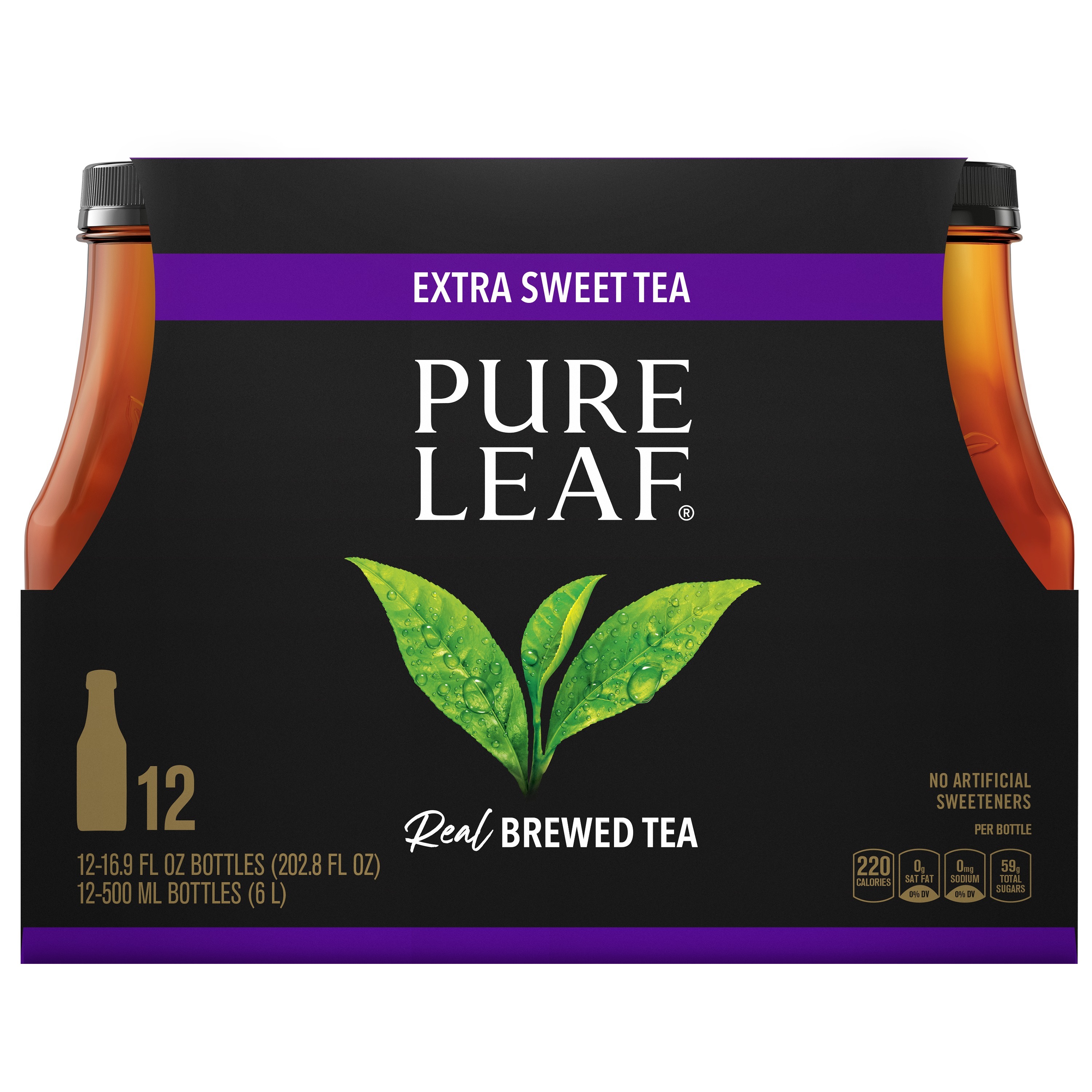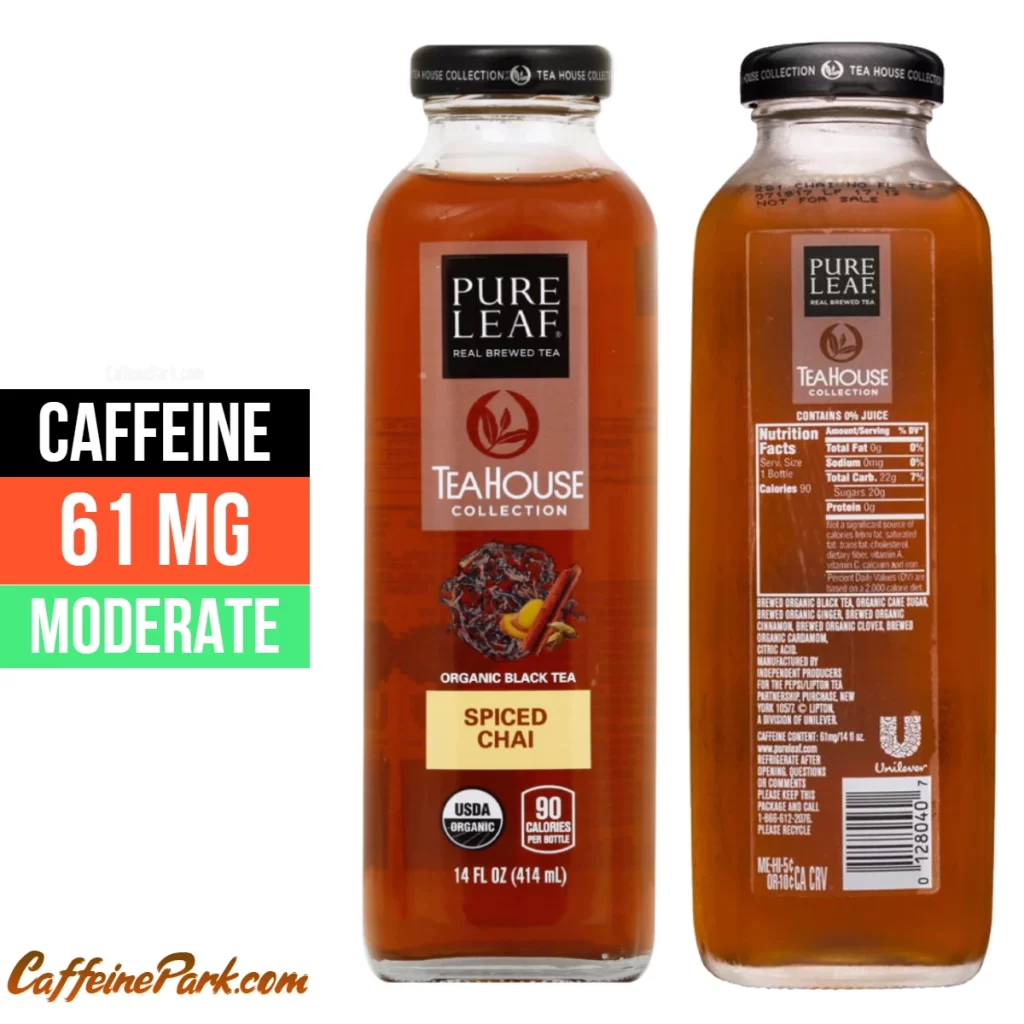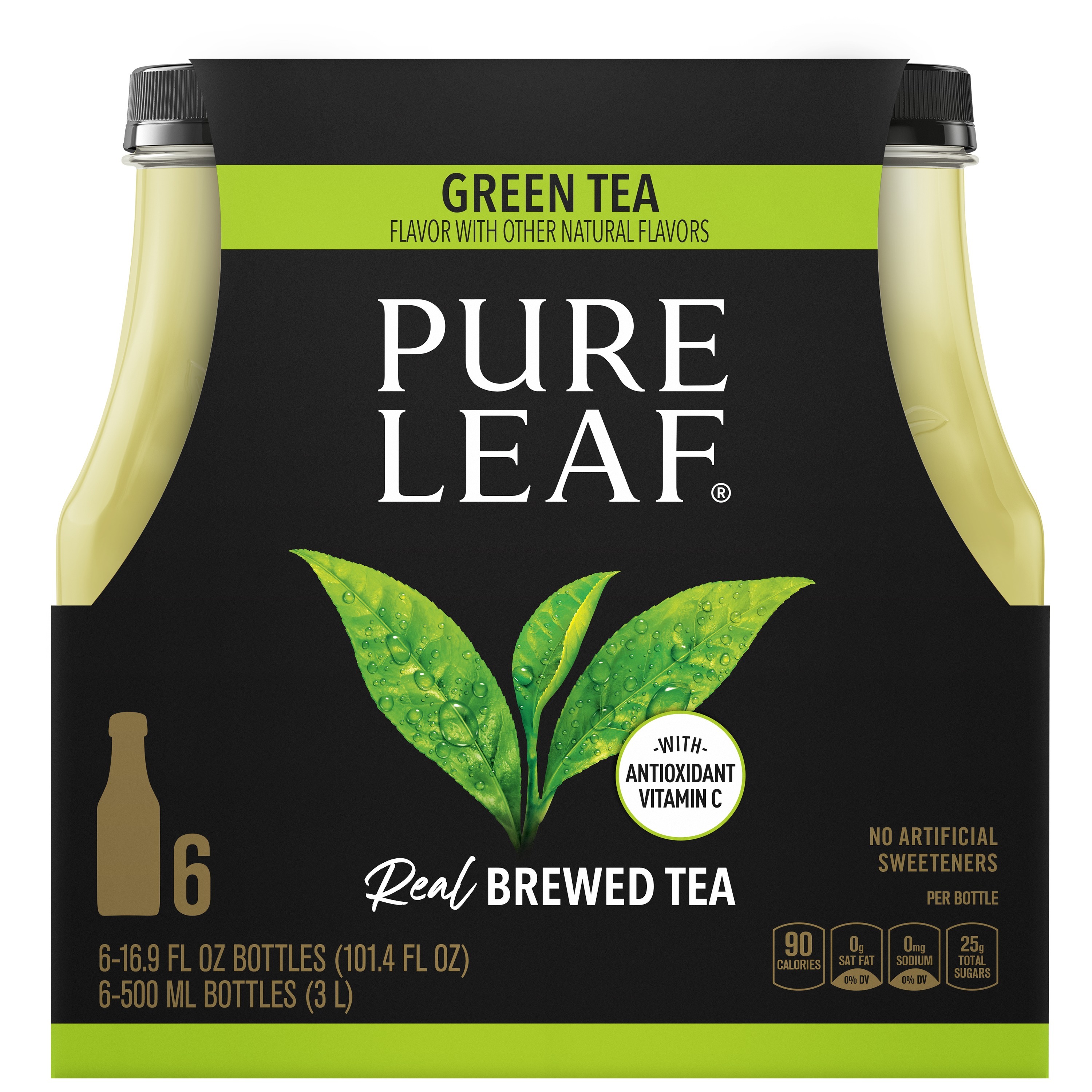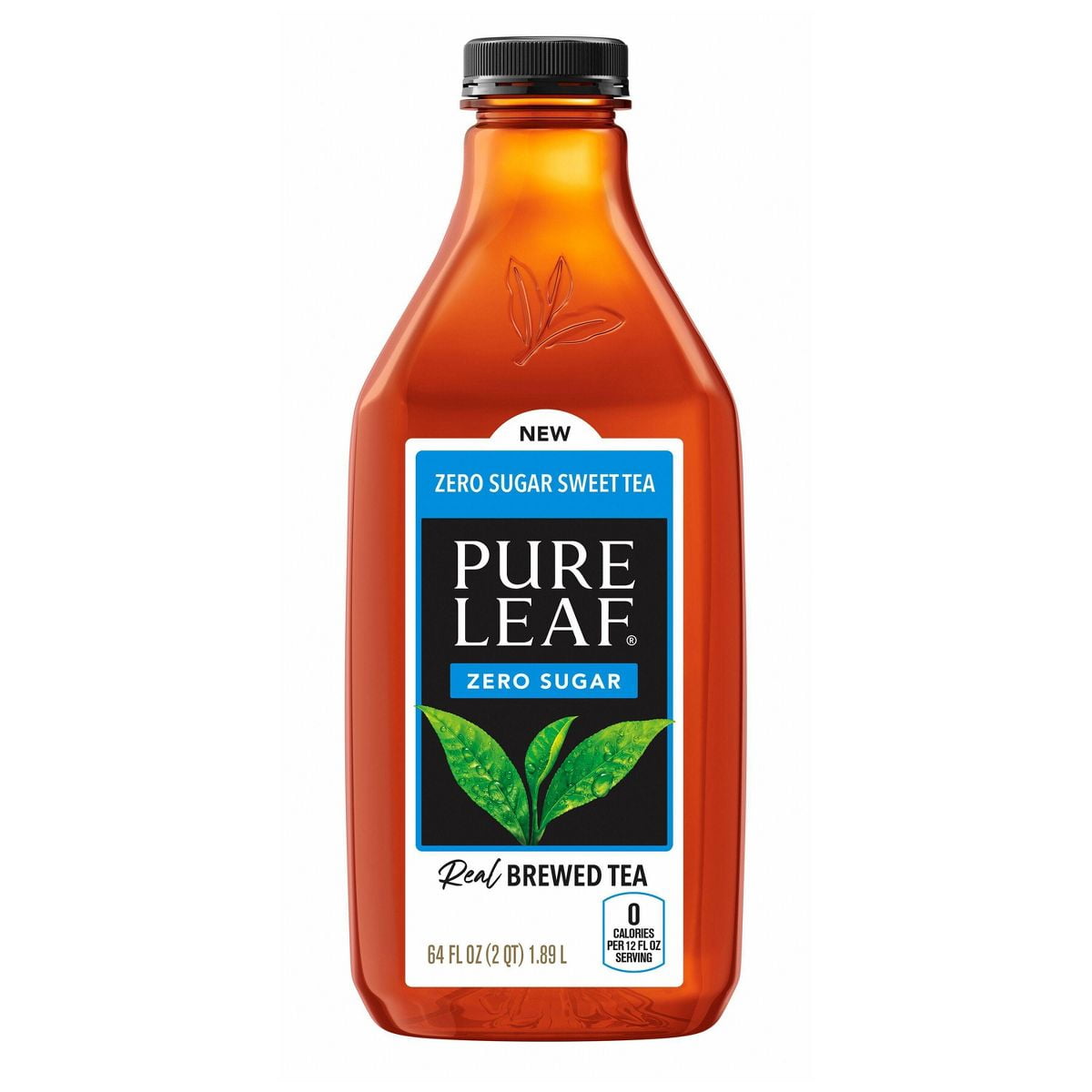How Long Does Pure Leaf Tea Last Unopened
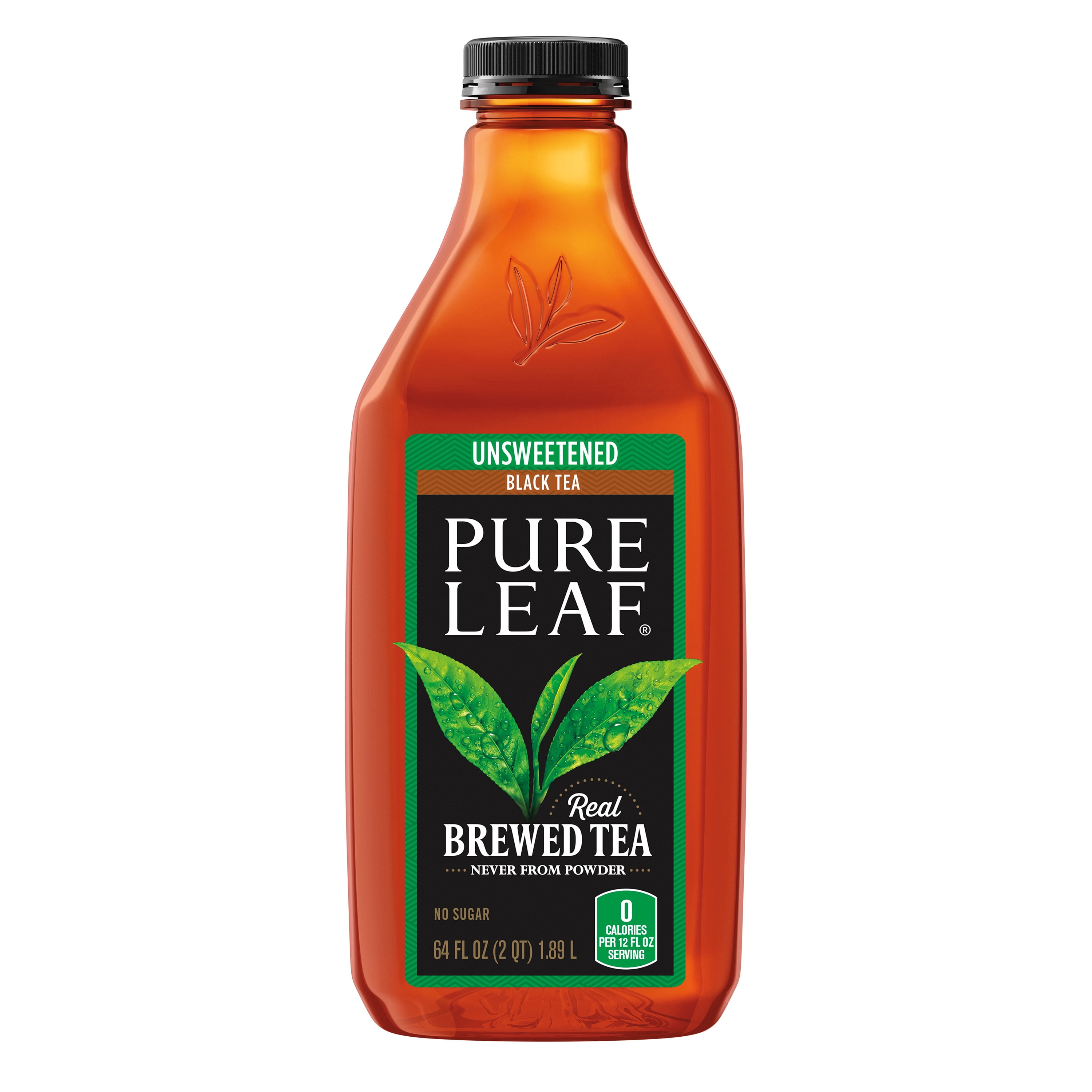
For tea enthusiasts, the allure of a perfectly brewed cup often hinges on the quality and freshness of the tea leaves. But how long does that unopened bottle of Pure Leaf Tea, sitting in your pantry, truly retain its optimal flavor and quality?
This question is particularly relevant for consumers mindful of waste, storage practices, and maximizing the value of their purchases. Understanding the shelf life of unopened Pure Leaf Tea can help consumers make informed decisions about consumption and storage.
Understanding Expiration Dates
The longevity of unopened Pure Leaf Tea is primarily determined by the "best by" or "expiration" date printed on the packaging. This date, however, isn't necessarily an indication of when the product becomes unsafe to consume, but rather a guideline for peak flavor and quality.
According to Unilever, the parent company of Pure Leaf Tea, the dates are carefully considered based on product stability testing.
How Long Does It Really Last?
Unopened Pure Leaf Tea, when stored correctly, can often last for several months beyond the "best by" date indicated on the bottle. However, several factors can affect its longevity.
These include the type of tea, the packaging material, and the storage conditions. The optimal storage conditions for unopened Pure Leaf Tea are cool, dark, and dry environments, away from direct sunlight and fluctuating temperatures.
Dr. Emily Carter, a food science professor at the University of California, Davis, explains, "Exposure to light, heat, and moisture can degrade the quality of tea leaves, leading to a loss of flavor and aroma."
Factors Affecting Shelf Life
The type of tea itself plays a significant role. For example, black teas, due to their higher oxidation levels, tend to maintain their flavor profiles for a longer period compared to green or white teas.
Pure Leaf's bottled iced teas generally have a shorter shelf life compared to their loose leaf tea bags or bagged tea products due to the added ingredients and pasteurization process.
Packaging also matters. Pure Leaf Tea bottles are typically designed to protect the tea from light and air, but damage to the packaging can compromise the product's quality. Any dents, punctures, or compromised seals should be inspected before using the tea.
Proper storage is paramount. Storing unopened Pure Leaf Tea in a pantry or cupboard away from heat sources like ovens or direct sunlight is crucial for preserving its freshness.
"The key is to minimize exposure to elements that can accelerate degradation," says a representative from Unilever's quality control department.
Assessing the Quality After the "Best By" Date
Even if your unopened Pure Leaf Tea is past the "best by" date, it's not necessarily destined for the trash. A sensory evaluation can help determine its suitability for consumption.
Before brewing, inspect the bottle for any signs of spoilage, such as discoloration, cloudiness, or unusual odors. If any of these are present, it's best to err on the side of caution and discard the product.
If the unopened Pure Leaf Tea appears normal, brew a small amount and taste it. A noticeable loss of flavor, a stale taste, or an off-putting aroma indicates that the tea has likely degraded and is no longer at its peak quality.
However, it's crucial to note that consuming tea past its prime is unlikely to pose a health risk, provided it hasn't been exposed to contaminants.
Consumer Tips for Optimal Storage
To maximize the shelf life of unopened Pure Leaf Tea, consider these tips:
Store in a cool, dark, and dry place. Maintain a consistent temperature and avoid fluctuations.
Keep away from strong odors. Tea leaves can absorb odors from their surroundings, affecting the flavor.
Rotate your stock. Use older bottles before newer ones to prevent any from languishing in the pantry for too long.
Buy in reasonable quantities. Purchase only as much Pure Leaf Tea as you can reasonably consume within its recommended shelf life.
Impact on Consumers and Society
Understanding the shelf life of Pure Leaf Tea and implementing proper storage practices can benefit consumers in several ways. It can reduce food waste, saving money and minimizing environmental impact.
It can also ensure a more enjoyable tea-drinking experience by maximizing flavor and quality. Educating consumers about expiration dates and storage guidelines empowers them to make informed decisions and reduce unnecessary waste.
In conclusion, while unopened Pure Leaf Tea can last beyond its "best by" date with proper storage, its flavor and quality may diminish over time. By understanding the factors that influence shelf life and employing best practices for storage, consumers can enjoy a consistently satisfying cup of tea while minimizing waste.


